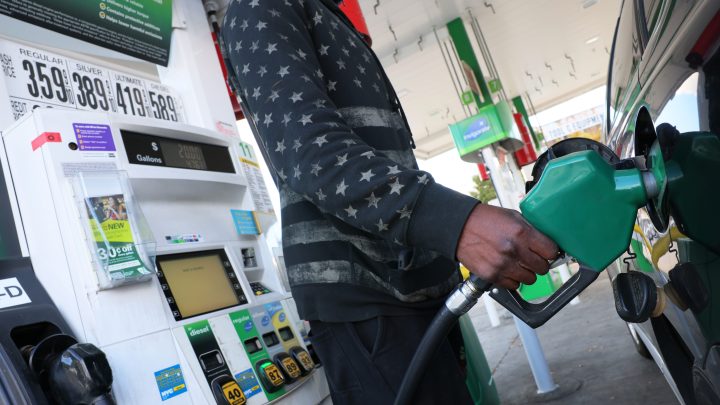
Inflation slows again. What now?

Prices in the month of November rose but by less than expected — 7.1% year over year, which is down from 7.7% the month before. The monthly increase was down too, prices rose just 0.1% in November after rising 0.4% in October.
This is good news: Inflation is fading.
Prices fell the most at the gas pump and the gas meter. Gas prices were down 2% just in November, and utility gas was down 3.5% compared to the month before. Prices for everything besides energy and food rose the least they have risen in a month since August 2021.
“Really ever since this summer, the worst factors of exaggerated demand have started to moderate, and the factors that really constrained supply were starting to get better,” said Andrew Lipsman, a principal analyst at Insider Intelligence.
Used car prices actually fell by 3% year over year. Then, the cost of shelter — basically rent — rose 0.6% in November, but that’s the lowest jump we’ve gotten since July. On the other hand, the year-over-year cost of shelter is up 7.1%, and the Bureau of Labor Statistics said it was “by far the largest contributor” to the monthly inflation number.
That said, the Fed is probably still going to raise interest rates by half a percentage point on Wednesday.
“I expect they will signal an intent to raise rates again thereafter, but be, too, open-minded about the fact that — with inflation peaking and slowing down, if it does decelerate faster — they may not raise rates as far as people would have expected four weeks ago, six weeks ago,” said Eric Winograd, senior economist at Alliance Bernstein.
The labor market needs to cool before we get inflation closer to the Fed’s target of 2%, Winograd added. And that could take a while.
There are also long-term labor supply issues getting in the way, per Tuan Nguyen, U.S. economist with RSM.
“Long COVID, early retirement and slow population growth will have a long-lasting impact,” he said.
Supply chains may be healing, but they’re also moving and getting a bit more expensive, Nguyen said. “Reshoring, rebuilding a more resilient supply chain system and decoupling from China will keep costs higher for longer.”
For now though, inflation does appear to be coming down. Analysts expect us to get down to 4% or lower next year.
There’s a lot happening in the world. Through it all, Marketplace is here for you.
You rely on Marketplace to break down the world’s events and tell you how it affects you in a fact-based, approachable way. We rely on your financial support to keep making that possible.
Your donation today powers the independent journalism that you rely on. For just $5/month, you can help sustain Marketplace so we can keep reporting on the things that matter to you.

















